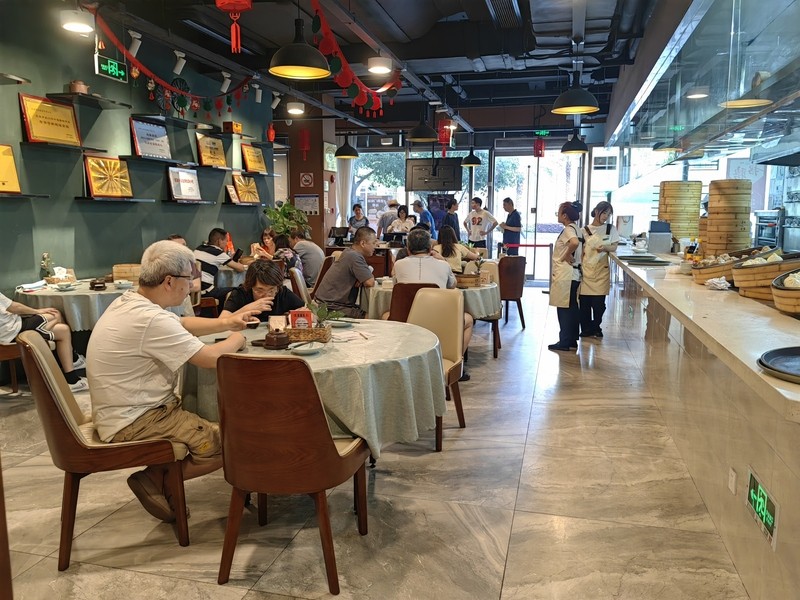Tell me about the disaster relief scene I saw, Zhuozhou Returning Water Flow | Rescue | Disaster Relief
Rainstorm hit Beijing, Tianjin and Hebei. The once-in-a-century natural disaster brings an unprecedented rescue challenge. For the north, floods are a relatively unfamiliar scene. In the face of disasters, professional self rescue awareness, rescue ability, and disaster relief order are particularly crucial.
On the early morning of August 5th, we contacted the Zique rescue team who had just evacuated from the flood scene in Zhuozhou and was still on their way back. This civilian rescue force from Shanghai participated in many core tasks during the flood. Recalling the cities and villages soaked in water waiting for rescue, they had a lot of experience and observation from the disaster relief site.
The following is the story of Hong Yunyin, a member of the Zique Rescue Team.
Narrator: Hong Yunyin, one of the founders of the 37 year old Magpie Rescue Team
Terrain, water flow, and debris testing rescue professional skills
We have been paying close attention to the rainstorm in the north since late July, paying close attention to the meteorological cloud picture, and consulting some experts, ready to set out at any time. At 10:30 am on July 31st, everyone had a brief online meeting and decided to depart on the same day. Subsequently, there was a series of preparatory work, including mobilizing team members, organizing equipment, reporting to higher-level departments, and so on.
At 5:30 pm, our first vehicle carried three rescue team members and set off with two assault boats and two 30 horsepower outboard engines. It should be noted that 30 horsepower is the basic requirement for this scale of disaster relief. At the scene, we found that outboard engines with less than 30 horsepower were basically unable to work. On the first car, we also brought medical equipment, water, and dry food.

Rescue equipment. Respondents provide pictures
The second car I was carrying departed at 7 pm, with three people. In addition, we also have a team member departing from Shijiazhuang. We dispatched a total of 7 people this time, and according to statistics, a total of 318 disaster victims were rescued in 3 days.
We drove for over 20 hours on the road, and on the afternoon of August 1st, before 2 o'clock, we arrived in Zhuozhou and immediately entered the scene for rescue. The first point that needs to be tackled is a timber factory in Taoyuan District, Zhuozhou City.
Starting from 7 or 8 o'clock in the morning, there were rescue teams that arrived earlier than us who wanted to enter the rescue, but we didn't win them until we arrived. I counted, and at that time, other rescue teams had damaged about six or seven boats in order to enter this timber factory.
There are many factors that make it so difficult. The terrain, water flow, and debris all test the professional skills of rescue operations. Zhuozhou itself is a dry land. It is very rare for rainstorm floods of this scale to occur. Many people have no concept of floods and lack experience in coping with them.
The main tool for on-site rescue is a submachine boat. In urban flood prone areas, the muddy water can contain various debris, making it very easy to scratch the assault boat. We found on site that the deepest area has a water depth of 20 meters, and many power poles are underwater, making it very easy to damage the outboard engine. Once damaged, the power system cannot work.
Due to our team's relatively rich professional experience in water rescue, we successfully rescued 18 trapped personnel from the wood factory. At that time, they had all climbed to the roof of the factory building made of colored steel plates, and the water surface was only 20-30 centimeters away from the highest point of the entire herringbone roof.
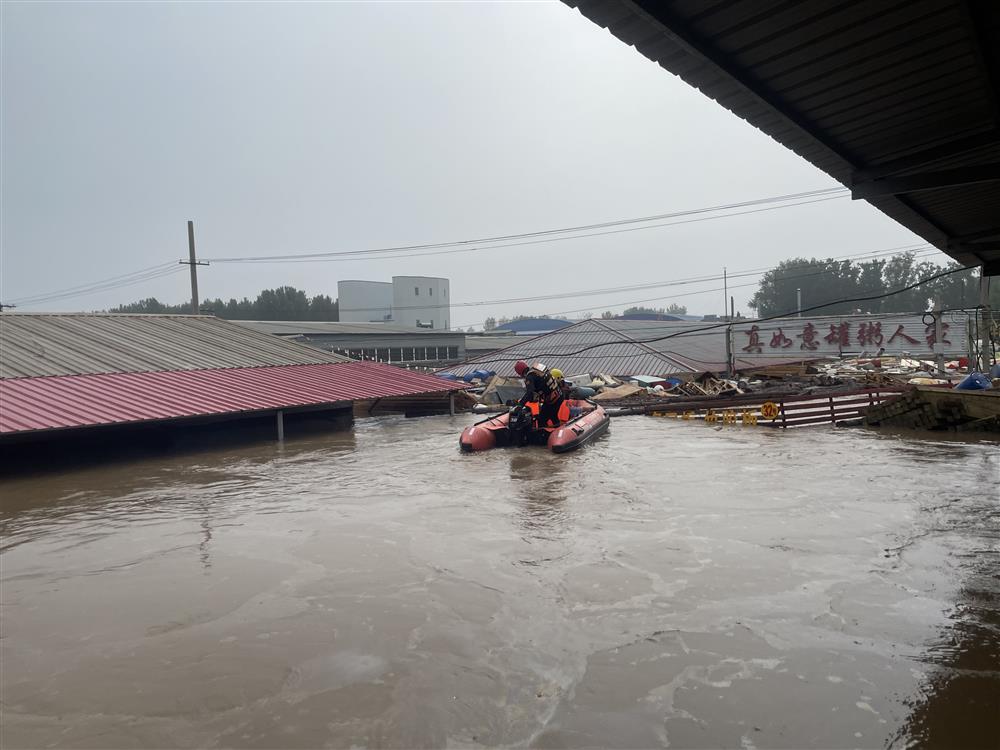
Disaster relief site. Respondents provide pictures
With this experience, starting from the next day, under the leadership of local staff, we went to many relatively complex rescue sites.
The next day, an important spot we went to was Dock Town. After the local disaster, there has been a shortage of water, electricity, and communication for several days, and the situation is very urgent. The biggest difficulty of this place is that the terrain of the affected area is like a target, and the water flow spreads out in circles. For us, the water depth in many places is at a very awkward depth, too deep for rescue vehicles to enter, and too shallow for rescue ships, which can easily cause bottom friction and be scratched if we are not careful.
So we must constantly scout the terrain, advance step by step, and gradually approach the central area. During the process of advancing towards the center of the dock town, we also rescued many emergency trapped people along the way, some hanging on trees and some holding onto power poles.
Later on, we found out that the person hanging on the tree was also a local citizen. He found a submachine boat and an outboard engine to go back to the town and save people. But what makes me a bit amused is that he himself doesn't even know how to swim. I think he is also kind-hearted and eager to save people. In such a flood, it is touching to be able to save people regardless of his own safety.
Due to the complex terrain, we spent a full half day rescuing 10 people in Dock Town.
The next place to go is Diaowo Town. The complexity here lies in the fact that there are three villages distributed on both sides of the main road in this town, and there is also a river on the town. The water flow on the main road is relatively calm, but near the river, two different directions of water flow will form on both sides, forming a sandwich like three-layer water flow in the entire rescue area. The river itself flows to the left, while the water on both sides of the river flows to the right.
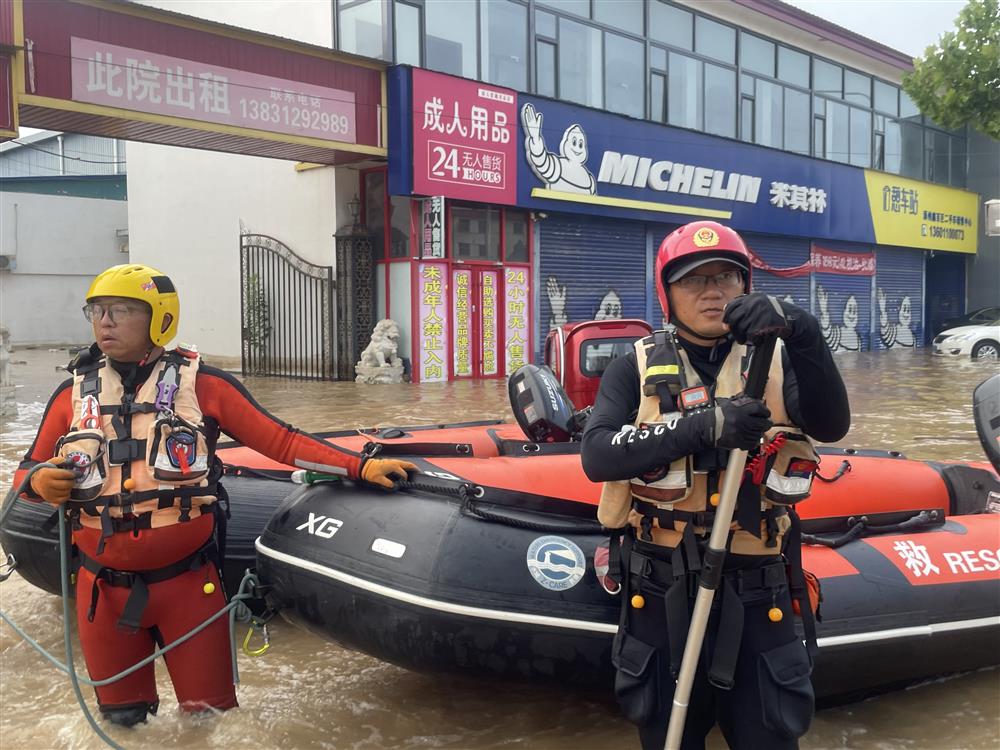
In such a complex water flow, it is a great test of the professionalism of rescue forces. In the end, we also put in a lot of effort and finally opened up a rescue road, which was equivalent to gnawing down the hardest bone, allowing more rescue forces to enter, and we went around to the next location.
Among them, the navigation technology for water rescue is particularly important. Due to the turbidity of the flood, it is impossible to see the situation in clear water. Sometimes when encountering obstacles, you can only rely on the condition of the water surface to determine the size of the obstacles and quickly decide how to deal with them. On the one hand, we need to avoid obstacles, and on the other hand, we need to determine the direction of the water flow and apply force reasonably, otherwise the ship itself is also prone to damage. Lifting and pressing the outboard engine is highly dependent on experience.
Although our rescue team has a small number of people, our professional abilities are still very strong, especially our water rescue ability. The team members who came to sail this time have taken the IRIA certificate overseas, which is a crucial advantage in rescue practice.
Photos of disaster relief scene taken by someone for disaster relief and posing for photos
I remember on the first day when we went to attack, a friend came to rescue us. Due to technical reasons, all six ships we brought were damaged at the wood factory, and we had to rely on vehicles to assist us in delivering supplies, which can be considered as some contribution.
If it's just a lack of experience and skills, everyone can help each other. But at the rescue scene, I have also seen people claiming to come for rescue, carrying a small boat that can only accommodate four people, one pilot, one operator, and a special person for filming, leaving only one spot for rescue. What didn't you do? First, put the machine in place and pretend to be rescuing someone. It's easy to get angry when you see such a scene.
Due to communication interruptions in the affected areas, it will be more difficult for communities where many elderly people live. Parents are trapped in buildings, and children can be very anxious and sometimes emotionally agitated. Everyone hopes that rescue forces can quickly go and save their families. But in fact, this can easily bring difficulties to rescue, and we must first ensure the smoothness of the rescue channel.

Later, everyone came up with a solution, which was to organize these family members to serve as guides and guide rescue forces from outside the disaster area in an orderly manner. On the one hand, it alleviates the emotions of family members, and on the other hand, it effectively provides support for rescue efforts.
Floods are rare in the north, and many elderly people have received notification of relocation. They may not have the ability to predict their own situation and feel that there will not be too big a problem. Therefore, although there are indeed contingency plans in the local area, such as organizing people to move to some venues, there are still people who are unwilling to leave.
There is something that left a deep impression on me. When we were rescuing in Diaowo Town, there was an office building of a township government where dozens of workers were trapped. The flood came fiercely and urgently from behind the office building, and a wall had already been washed down. After we rescued them one by one, we handed them water and everyone saved materials. Four or five people shared a bottle.
As soon as they arrived at the safe zone, the staff of these township governments did not rest for a moment and immediately threw themselves into the tense work, organizing and rescuing the masses in a very orderly manner. I was really moved when I saw their state, and they themselves were just rescued from the disaster.
Looking back now, there are a few experiences I would like to share with everyone. Firstly, don't be stubborn. We will still see some people on site who are unwilling to evacuate. There was an old man in his seventies who was eventually dragged away by his son. Secondly, it is necessary to have some awareness and knowledge of self rescue, and remember to store some drinking water at home. One more thing, don't act without authorization and don't do things beyond your capabilities. One day we found a person in the water who was planning to swim to work. Halfway through the swim, I realized it was not working and had to hang myself on a utility pole, waiting for rescue. The water has already overflowed my chin, and I still want to go to work. We all look quite uncomfortable.
Large scale rescue, no one can complete the task alone
From the perspective of rescue, the most important thing is the level of professionalism, and rescue efficiency largely depends on it. Whether in terms of technology, equipment, or personal protection, a more professional state is needed.
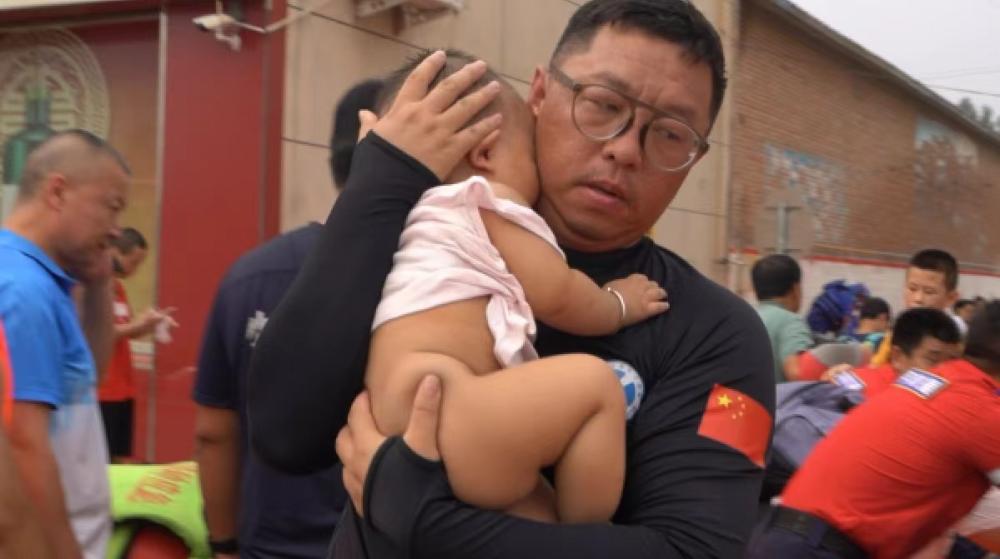
Before arriving in Zhuozhou, we had already put on all the rescue clothing and equipment when we were still 100 kilometers away from our destination. Wearing a 3mm gel coat on such a hot day can be very stuffy even in an air-conditioned room. I saw at the rescue site that almost no one wears this kind of clothing, but in fact, there are a lot of dangerous debris at the rescue site, especially in cities. If not worn in this way, various debris such as glass, furniture, wires, etc. may cause serious injuries. And soaking in water, once the wound is infected, the consequences may be even more serious.
Rescue clothing and equipment are important. Respondents provide pictures
In addition, cooperation between various teams is also important on site. After the rescue, I personally thanked many people in my social circle, many of whom were from other rescue teams. In such a large-scale rescue, no one can complete everything alone. The teams we worked with this time were very awesome. If professional terminology and gestures can be further unified, communication efficiency will be higher.
Our own team may find ways to strengthen the comprehensive communication capabilities within the rescue site in the next step. We need to study how to add a small base station or relay on site to ensure internal connectivity within the team.
Maintaining smooth information flow during rescue is a crucial element. In addition to on-site communication, we have found that there are many disaster relief information that volunteers will collect online and provide rescue forces. There is still room for further improvement in this process, means, and platform. If a large network platform can coordinate and use technical means to do some de duplication work, it can also improve rescue efficiency.
During this rescue experience, several scenes kept recurring in my mind. Our team members rescued a family of three at the time, and the child's backpack contained bread and cookies that their parents had filled for them. After the little girl was rescued, she asked our team members, "Are you hungry, brother?" After landing, she poured out all the food in her backpack and brought it to us with a loud bang. There was also an old lady who knew that we were going to the next disaster relief site and brought us her baked Youbing (Deep-fried round and flat dough-cake), saying, "It may not be very delicious, but the oil must be clean." Another local friend took out her own drone and offered to help us detect the route with the drone. The machine almost flew out of power and fell off, but fortunately it was finally found.
It is these touching details that have helped us establish feelings for this unfamiliar place. On the way back, I also received a request for help message from the staff of the United Front Work Department in Zhuozhou. The local people are now entering the stage of post disaster dredging and relief. They need dredging supplies and disinfection and sterilization supplies, ranging from rubber shoes, shovel and brooms to generators, sewage pumps and forklifts. If we have resources and spare power, we hope to help them again.
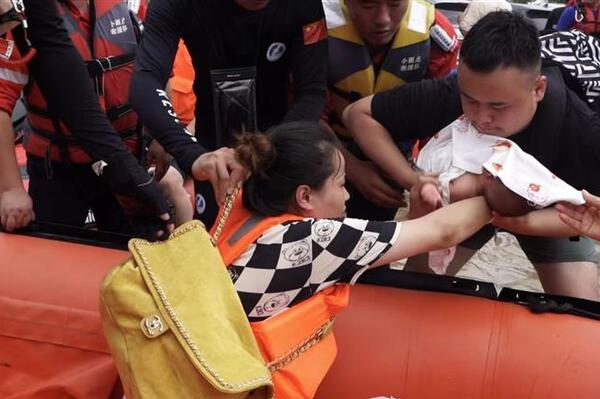
Disaster relief site. Respondents provide pictures

